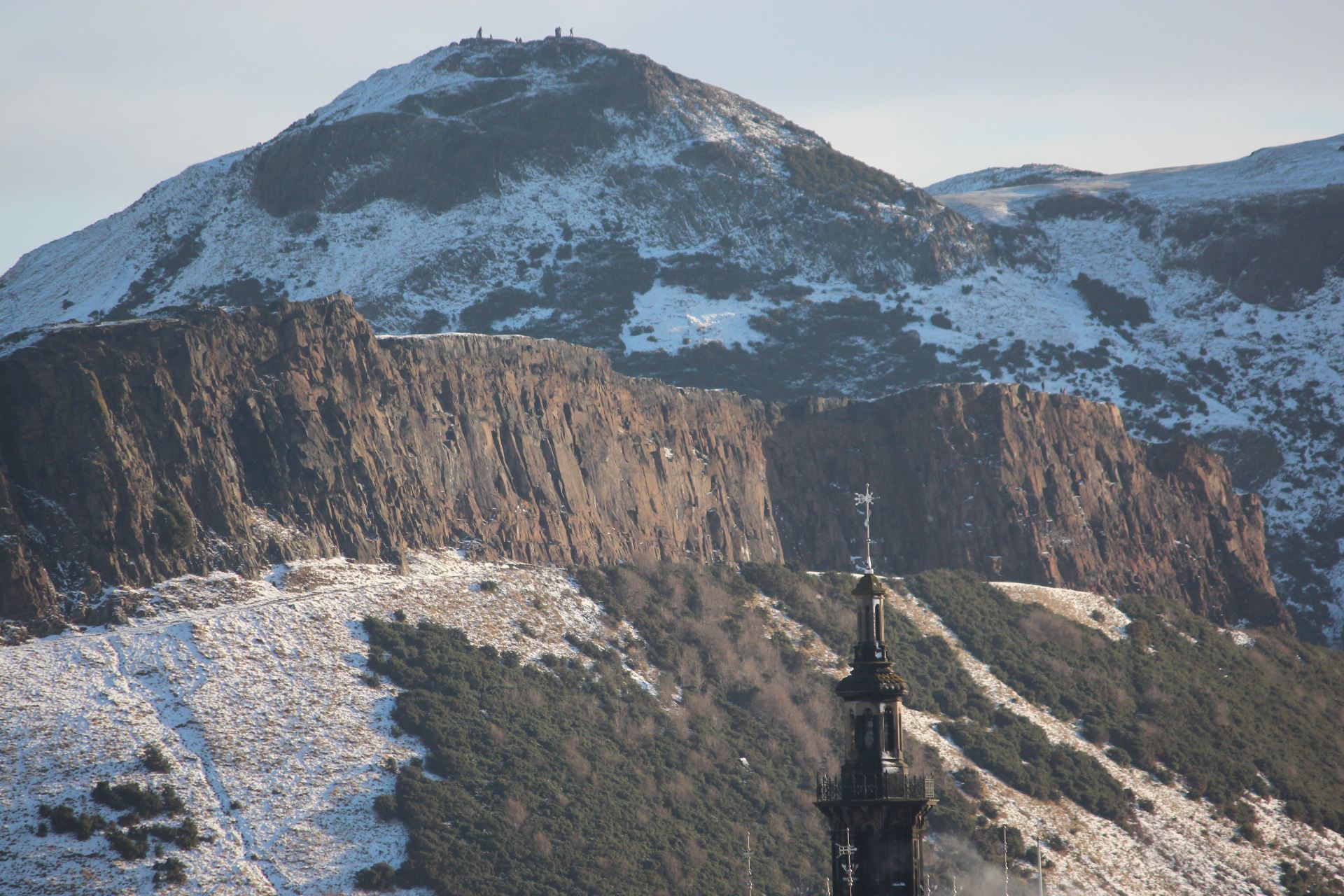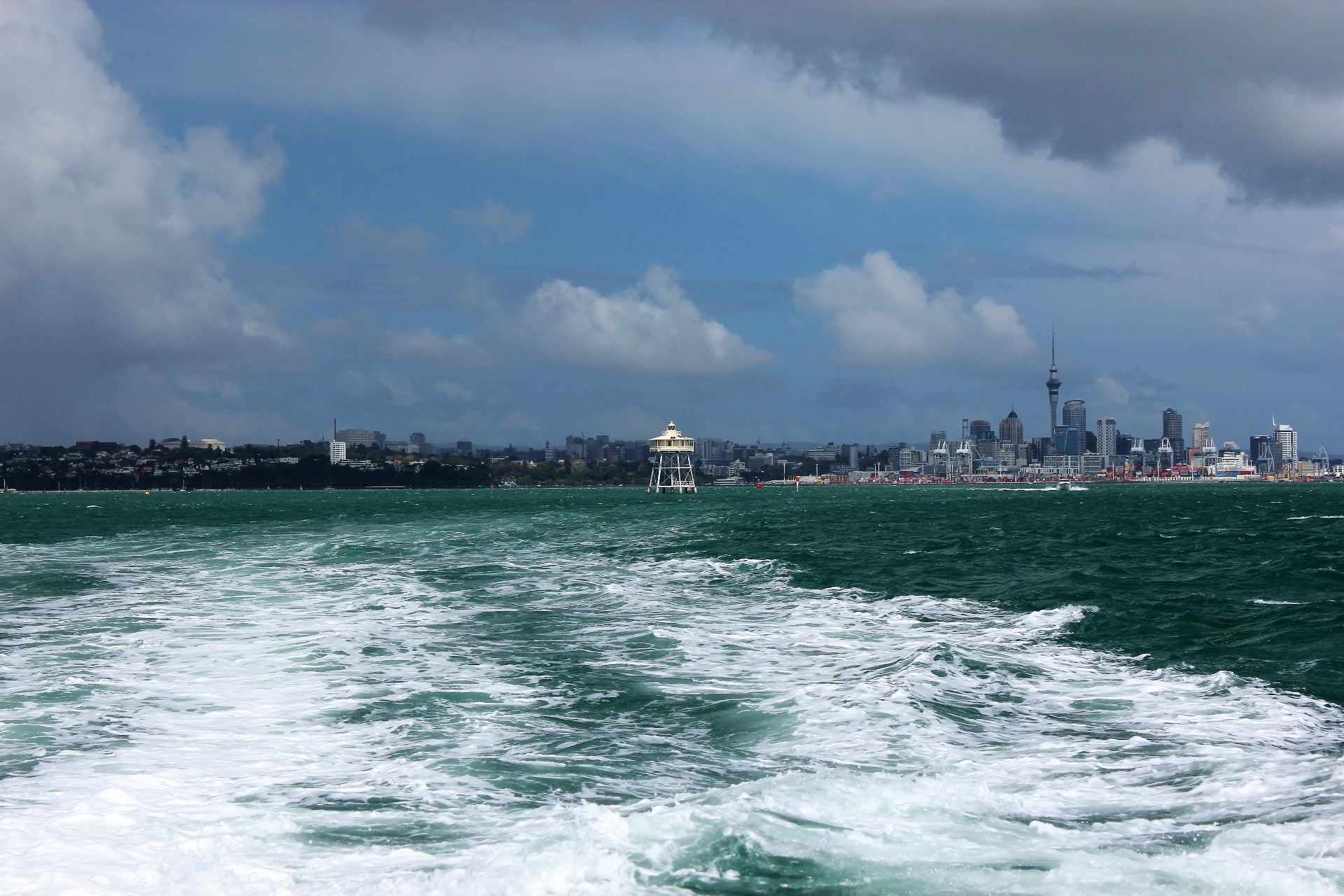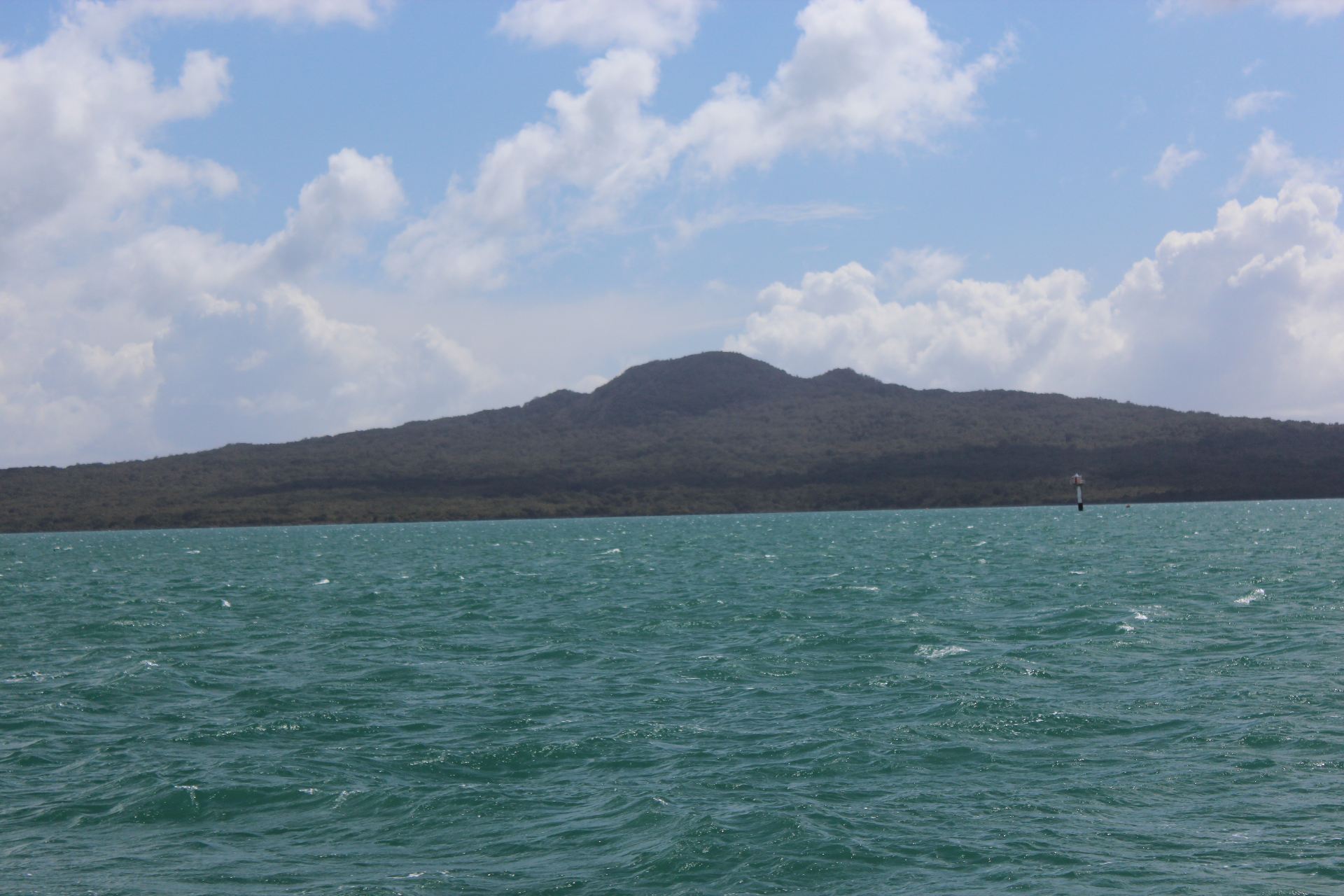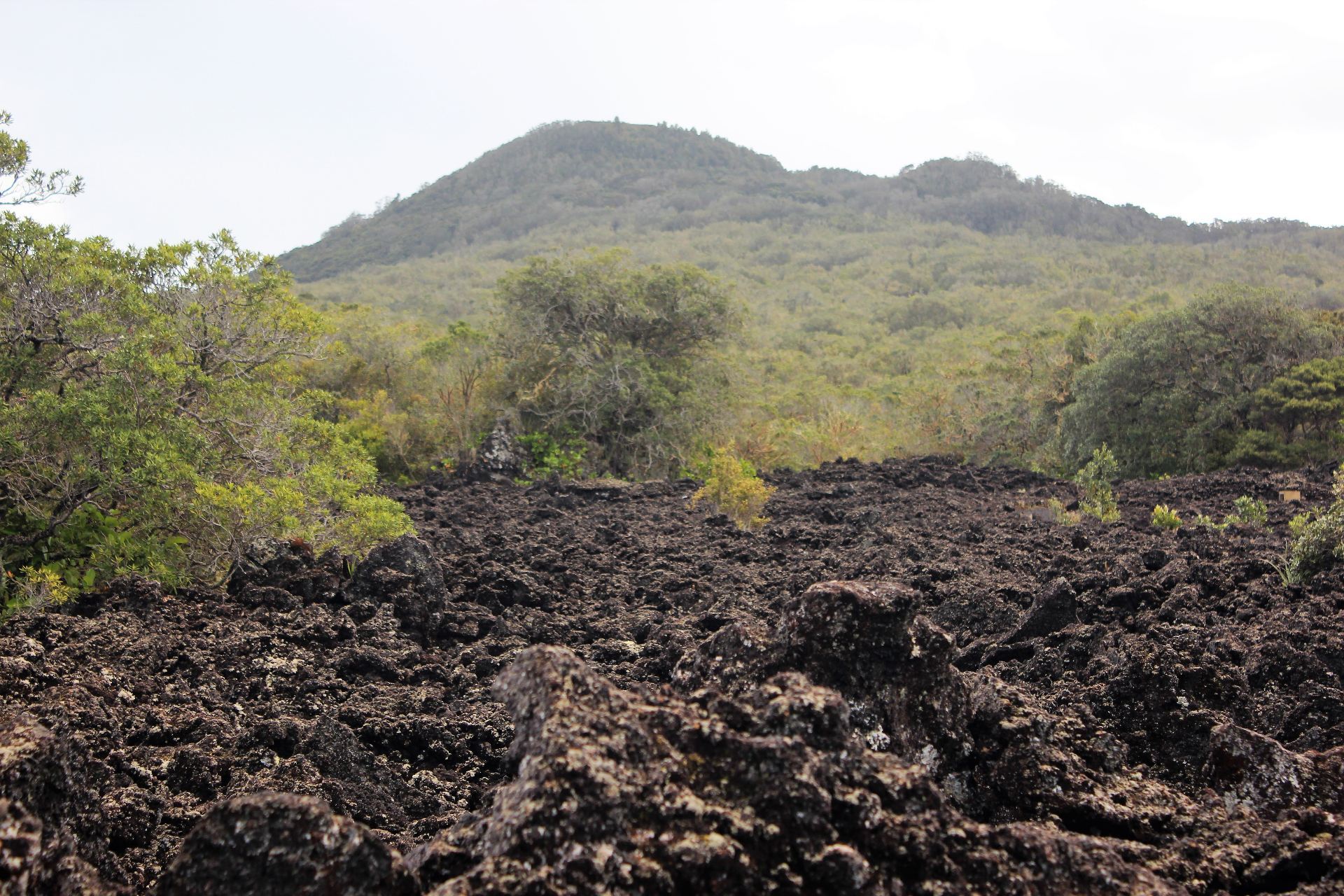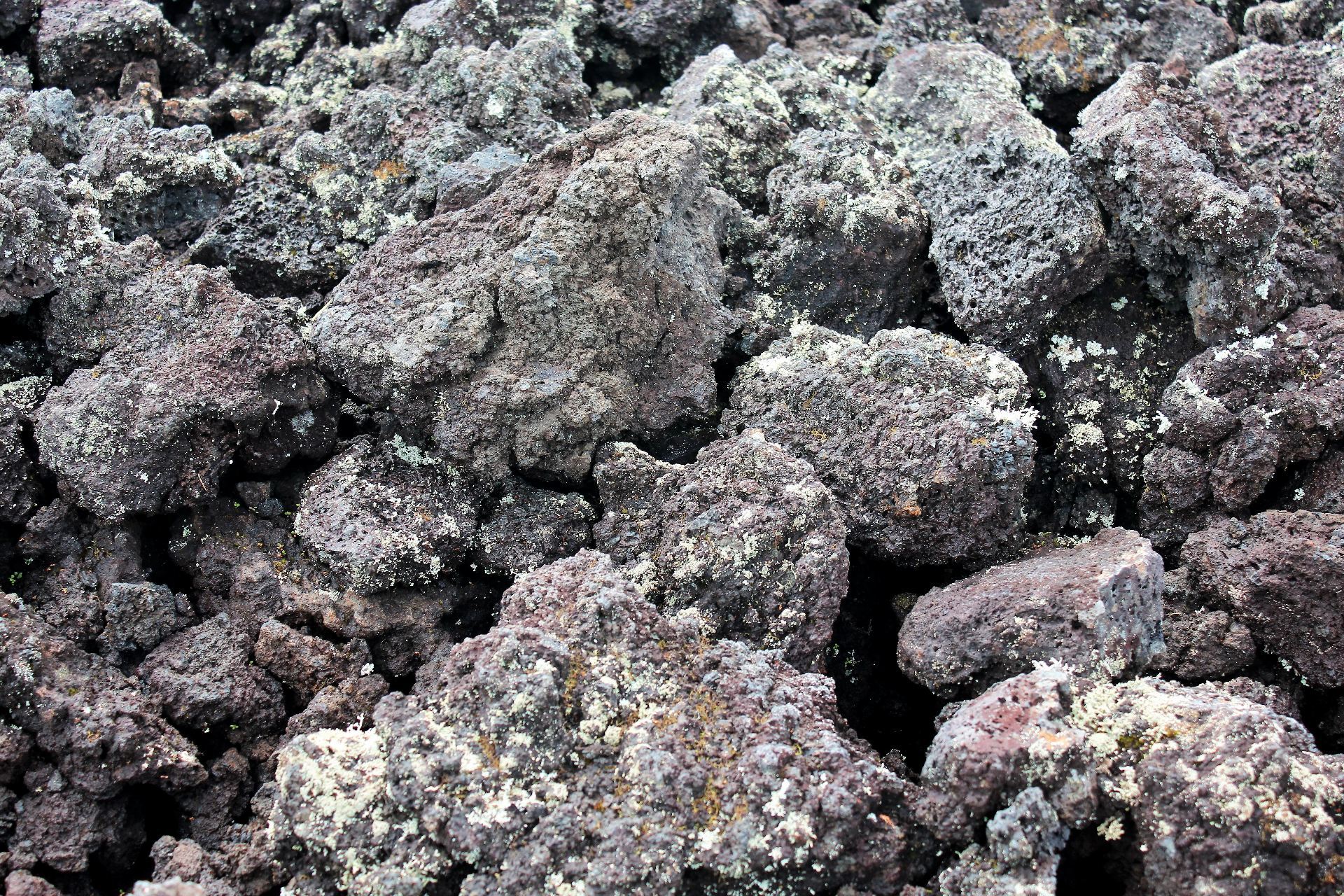Intra Plate Volcanics, Hot Spots
A sunny ferry trip to Rangitoto Island
A broad gently sloping cone. Rangitoto is a shield volcano formed from fluid basalt lava flows
Where does all the basalt come from?
…..mid ocean ridges ridges to begin with then it is subducted under the east coast of the North Island
- Most basalt is produced at mid ocean ridges.
- Basalt produced at mid ocean ridges is rafted away as oceanic crust is formed.
- The process of subduction produces mainly basaltic magma
- This basalt is not rafted away from the site of eruption.
- The subducting slab comprises of basalt and gabbro with a thin veneeer of seafloor sediment.
- Water and other fluids move into the overlying “mantle wedge” where they promote partial melting.
- The resulting basalt magma makes its way into the continental crust
- The basalt can end up feeding large volanos such as Mount Ruapehu.
- Broad gently sloping cones such as Auckland’s Rangitoto Island, Lyttleton and Akaroa on the Banks Peninsula.
- In the Auckland region steep sided scoria cones are also formed by the process of fire fountaining.
- Most basalt is produced at mid ocean ridges.
- Basalt produced at mid ocean ridges is rafted away as oceanic crust is formed.
- The process of subduction produces mainly basaltic magma
- This basalt is not rafted away from the site of eruption.
- The subducting slab comprises of basalt and gabbro with a thin veneeer of seafloor sediment.
- Water and other fluids move into the overlying “mantle wedge” where they promote partial melting.
- The resulting basalt magma makes its way into the continental crust
- The basalt can end up feeding large volanos such as Mount Ruapehu.
- Broad gently sloping cones such as Auckland’s Rangitoto Island, Lyttleton and Akaroa on the Banks Peninsula.
- In the Auckland region steep sided scoria cones are also formed by the process of fire fountaining.
